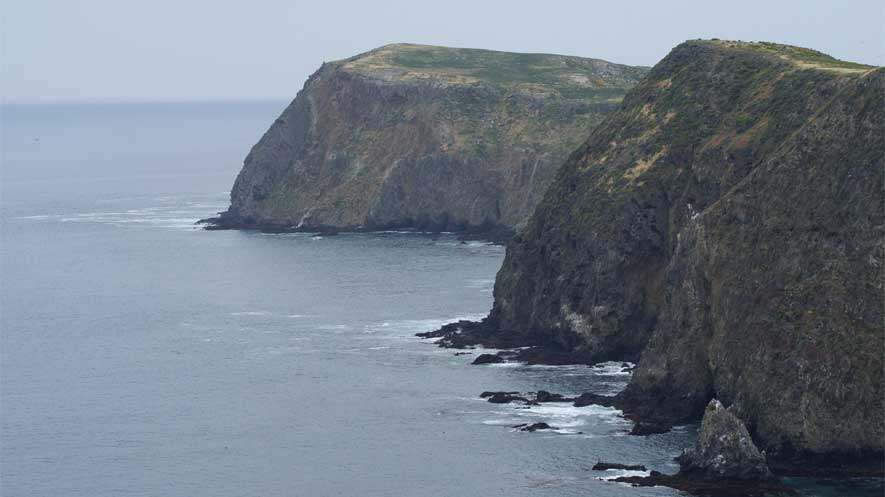Later this month, the Department of Commerce will sift through public comments on whether 11 marine monuments and sanctuaries are to be opened up for oil and gas exploration.
The Trump administration’s America-First Offshore Energy Strategy announced last April instructs the National Oceanic and Atmospheric Administration (NOAA) under the Department of Commerce to “review National Marine Sanctuaries and Marine National Monuments designated or expanded since April 28, 2007.”
The deadline for comments to NOAA is August 15.
“Scenic seascapes are now a prime target by the Trump administration and the President’s proposed budget aims to cut vital marine conservation programs", said Jaime D. Sigarán, Government Relations Fellow at the Sustainable Oceans Alliance.
“By authorizing an order to review America’s monuments and sanctuaries, President Trump is grossly discounting the economic impact on hundreds of thousands of small businesses that depend on these special places for fishing, tourism and recreation.”
A Strategy to Reduce the Size of Marine Monuments and Sanctuaries
A review from the Secretary of Commerce Wilbur Ross could weaken protection of America’s blue parks system– emboldening the oil and gas industry to further pressure the Administration to rescind recent expansions and designations across all six sanctuaries and five marine monuments.
Specifically, the review calls for an “analysis of the budgetary impacts” for managing each marine monument and sanctuary including a cost assessment of potential oil and gas production.
What’s on the Horizon?
From New England to California, approximately 425 million acres of submerged lands, waters, and coast are at risk. It’s quite a change. For more than a century, Presidents from both political parties have granted protections to unique cultural, historic, and natural sites through the Antiquities Act.
For example, in June of 2006, President George W. Bush used the Antiquities Act to designate Papahānaumokuākea Marine National Monument. As the first President to use the now 111-year-old law to conserve wild and biologically diverse seascapes, Bush led a new wave of marine conservation. Under his administration, two sanctuaries were also expanded: the Channel Islands and Monterey Bay in California.
Following this precedent, President Obama expanded four sanctuaries: Cordell Bank and Greater Farallones in California, Thunder Bay in Michigan and the National Marine Sanctuary of American Samoa. Before leaving office, Obama not only expanded Papahānaumokuākea and the Pacific Remote Islands monuments, but also created the first marine monument off the Atlantic Ocean in September of 2016: the Northeast Canyons and Seamounts.
Submit your comments today and defend our underwater treasures.
Below are some exceptional examples of America’s blue parks that are under threat.
1. Papahānaumokuākea
This remote monument is one of the largest in the world - encompassing nearly 583,000 square miles of Pacific Ocean. Extensive coral reefs attract more than 7,000 marine species such as the threatened green turtle and Hawaiian monk seal.
2. Northeast Canyons and Seamounts
Stretching roughly 4,900 square miles – no bigger than the state of Connecticut – this monument contains a string of underwater canyons. It is home to centuries old coral like deep-sea black coral dating back 4,000 years.
3. Channel Islands
Located off the Californian coast lies an archeological treasure trove filled with deep maritime history and remarkable biodiversity. This marine sanctuary is one of the oldest blue parks, which covers 1,490 square miles of water – providing feeding grounds for wildlife such as gray whales.
By: Jaime D. Sigarán, Sustainable Oceans Alliance





